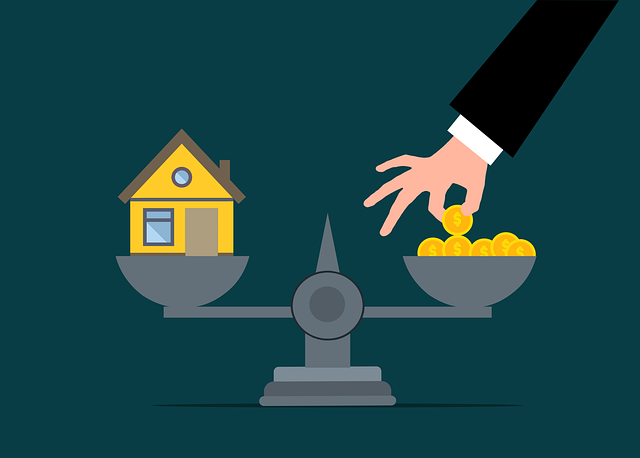Life insurance isn’t just about getting an additional stream of income for your loved ones if you pass away suddenly. It’s also about protecting them against financial burdens in the event that you become permanently disabled or ill and can no longer work to support them yourself. Before you purchase life insurance, it’s important to understand how factors like your age, health, lifestyle, and gender can affect your life insurance costs. This guide will give you the details on seven factors that can affect your life insurance costs.
1) Type of Life Insurance
There are two major types of life insurance: term and permanent. As you might have guessed, term life insurance is meant to last for a specific period of time (the term) that you choose—ideally until your family can financially replace your income should something happen to you. Permanent life insurance lasts forever but requires an investment up front, which is why it’s also known as cash-value life insurance. As with most financial decisions in life, both have their own pros and cons; you’ll want to assess your needs and goals before making a final decision on what type suits you best. But whatever option you end up choosing, remember that there’s no such thing as cheap when it comes to life insurance.
2) Term vs. Whole Life Insurance
When you buy a whole life insurance policy, your premiums remain constant throughout your life. If you’re looking for coverage for a specific period of time, such as 10 or 20 years, term life is generally much less expensive. Term policies are not renewable and therefore must be purchased in 10- or 20-year increments. They’re also referred to as level term because they cover you for that level amount of time.
3) Age
A young person will always pay a lot more for life insurance because they’re statistically at a higher risk of dying sooner than an older person. If you’re under 40 and don’t have dependents, you could be paying five times as much for coverage as a 60-year-old. The key is to compare rates, shop around and select your coverage wisely. Certain aspects of how you live your life can also affect how high or low your premium goes: Drinking heavily, smoking and eating a poor diet will cause premiums to skyrocket. However, having regular health checkups can lead to lower premiums due to better health. In fact, if most people would take care of themselves like professional athletes do (who often get special rates), everyone could save on their premiums.
4) Gender
Premiums for women tend to be lower than those for men in most cases, because they have a lower risk of dying. (Ladies, you’re welcome.) But that doesn’t mean guys don’t get discounts! For example, a guy who has successfully completed life insurance medical exams and exercises regularly will often see his premiums lowered—possibly even by hundreds of dollars per year. In some cases, however, it can work against you: obesity is one factor that can raise your premiums.
5) Health Conditions
If you have any medical conditions that are chronic, require ongoing care, or can cause complications—such as Type 1 diabetes or heart disease—life insurance companies will factor these into your life insurance rates. When you apply for coverage, they’ll ask you to fill out a form listing all of your current and past health conditions. You should also be prepared to discuss these with a licensed agent at length during your initial consultation. Be honest about what has happened in your life so far; by doing so, you could actually qualify for better rates than someone who hasn’t been completely upfront about their own health history.
$ Income: Even if it’s not huge, any sort of income counts when calculating life insurance premiums because premiums may continue to accrue over time on policies that don’t lapse after death.
6) Marital Status
Married people are charged more than those who aren’t. This is true for all types of life insurance. When you apply for life insurance, whether it’s a term or whole life policy, you have to fill out a questionnaire about your health, lifestyle and family history. One of these questions asks about your marital status. If you answer that you’re married, many carriers will classify you as a higher risk—and charge you accordingly. There isn’t much you can do about being considered a high-risk customer, but understanding why can help prepare you to ask questions when shopping around. For instance, if two people apply for life insurance at 35 years old with $500,000 policies ($500K), they might pay different rates due to their age (bigger payout down the road) or possibly gender (women tend to live longer). It wouldn’t be fair if both applicants were charged more because they happened to be married.
7) Occupation
The type of work you do determines, in part, how much life insurance you should carry. If you work with your hands or in dangerous conditions, for example, you might need more coverage than an office worker. Likewise, people who have children will typically need to buy more life insurance than single people do. When buying a policy, be honest about your occupation and family situation: Companies can turn down applicants who give false information on their applications—and may also charge them higher premiums if they think they are in high-risk categories.
